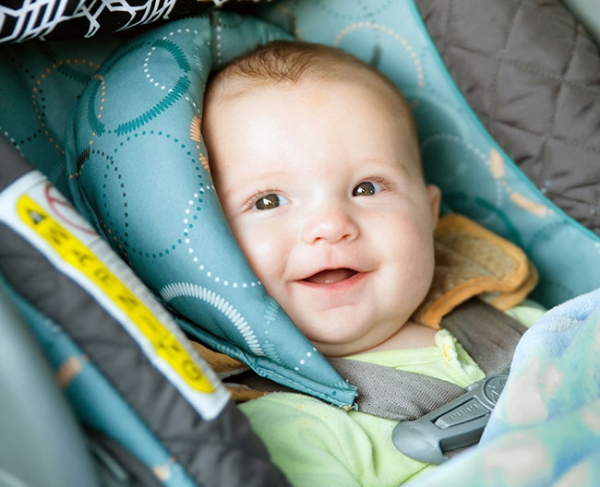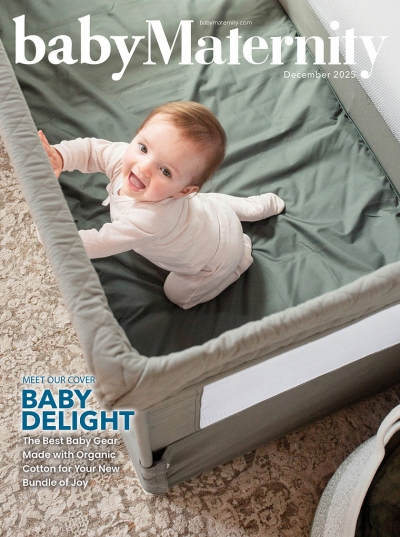Carseat Safety Guidelines
with Allana Pinkerton, Certified Child Passenger Safety InstructorHere at Creative Child Magazine, we often get reader questions regarding the products parents choose for their children. So, we partnered up with Allana Pinkerton, Certified Child Passenger Safety Instructor, parents and caregivers to get the answers to questions regarding carseat safety and installation guidelines.
Read more for questions you may need answered too!
Question 1: Do you recommend parents have their car seats professionally installed by a trained technician or take a class on the proper way to install a safety seat? If so, where can someone go to have it installed or to take a class?
While car seats have become much easier to install over the years, having your work checked by a certified technician is always a great idea. Typically the inspection is free because most certified Child Passenger Safety Technicians (CPST’s) are volunteers, work at local hospitals or work for other government entities. Donations are always appreciated if it is a non-profit agency!
If you are paying for a car seat check, be sure the CPST’s certification is up to date. Any skilled and experienced CPST will ask you for your vehicle and car seat manual. They will educate you on all aspects of your car seat and the installation. It should not be an installation service. Certification classes are often open to the public. There are no guarantees that you will become a CPST just by taking the course. There are written quizzes, skill tests and a car seat check that has to be passed. You can locate a class or a CPST at cert.safekids.org.
Question 2: What are the height, weight and age requirements to sit in a vehicle with a seat belt only? What are the height, weight and age requirements to turn a child’s car seat from rear facing to front facing?
In order for a child to fit properly in the adult seat belt they must be approximately 4’9” and 80 lbs. This can vary, depending on the depth and width of the vehicle seat. Have them take the 5-Step test to gauge whether they are ready. Check out the test here at carseatblog.com/3966/the-5-step-test.
Maturity is also a factor to consider. Children under 13 years old are safer in the back seat.
Children are also safer riding rear-facing so we always recommend keeping kids rear-facing to the full weight or height limit of their car seat. The American Academy of Pediatrics recommends keeping kids rear-facing until at least two years of age.
Question 3: What is the biggest mistake you see with improper seat installation or use, to make it unsafe for a child? How should it be corrected?
The scary thing is when we see one mistake there are usually three or four mistakes. The biggest concern is a car seat that is installed too loosely. Check your vehicle manual so you can be sure to know how your seat belt locks for a seat belt installation. If you’re using the LATCH anchors make sure and adjust the lower strap tight per the instructions in your car seat manual.
Car seats should move less than one inch side-to-side and back-to-front when checked at the belt path. Most car seats do not allow the LATCH anchors and seat belt to be used simultaneously.
Question 4: How tight should car seat straps be and where should the harness hit on a child? If the child is wearing a coat can the straps be loosened?
A proper fitting harness is a lot like a race car driver’s harness. The straps go over the child’s shoulders, over each leg and then the buckle goes between their legs. A harness should fit snug and comfortable on a child where you cannot pinch the webbing at the collar bone. The harness does not need to fit super tight on a child.
Use harness pads and buckle pads that are approved for use with the car seat. Bulky winter coats can give a false sense of a correctly tightened harness so always remove them before harnessing your child. Use blankets over the harness, or put their coats on backwards after they’re harnessed to keep them warm.
Question 5: When should children start and stop using a booster seat?
Ideally, we want children to ride in a 5-point harness for as long as possible. Children’s pelvic bones are not fully developed until between ages 4-6, so the lap belt may not stay down low on the hips even in a belt positioning booster seat. If the seat belt rides up on the soft abdomen it can cause deadly harm to a child in a crash. Again, maturity is a factor to consider. You might have a child who is eight and developed enough, but they might not stay seated properly in a seat belt. Your child can stop using a booster once they pass the 5 Step test mentioned previously.
Continued on next page...
Related Article: Top 10 Tips From the Carseat Lady













